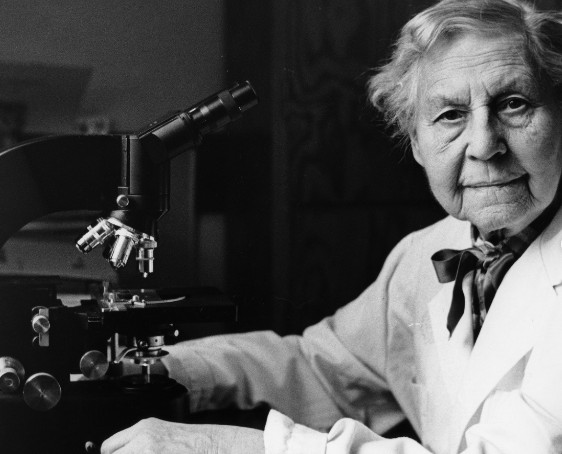Healthcare in Sweden
Swedish healthcare is largely tax-funded. And the overall quality is high.
The Swedish health system performs well in general, life expectancy in the country is high and the general health among the population is good. Reports from the World Health Organization (WHO) and the Organisation for Economic Co-operation and Development (OECD), among others, confirm that healthcare in Sweden provides good access to high-quality care.
One particular example of excellence in Sweden is Karolinska University Hospital, which ranked as the fifth best hospital in the Global Hospital Raiting by Newsweek and Statista in 2025. The list was based on data on 2,400 hospitals across 30 countries.
Ageing population
Just as in many other developed countries, people in Sweden are living longer and longer. The average life span among Swedes is now 85.35 years for women and 82.29 years for men. A positive development, of course, but also one that places demands on the healthcare system and increases the need for elderly care.
About one in five people is 65 or older. That means Sweden proportionally has one of Europe’s largest elderly populations. Statistically, the share of children born per woman in Sweden is 1.53, slightly above the EU average of 1.46.
Decentralisation of healthcare in Sweden
Healthcare in Sweden is decentralised – responsibility lies with the regional councils and, in some cases, local councils or municipal governments.
Sweden is divided into 290 municipalities and 21 regional councils. The decentralisation of healthcare is regulated by the Health and Medical Service Act (link in Swedish). The role of the central government is to establish principles and guidelines, and to set the political agenda for health and medical care.
The National Board of Health and Welfare (Socialstyrelsen) is a government agency under the Ministry of Health and Social Affairs that compiles information and develops standards to ensure good health, social welfare and high-quality health and social care for the whole population.
Local and regional responsibilities
Swedish policy states that every regional council must provide residents with good-quality health and medical care, and work to promote good health for the entire population. Regional councils cover dental care costs for local residents up to the age of 19, as of 1 January 2025.
Regional councils are political bodies whose representatives are elected by region residents every four years on the same day as national general elections.
Sweden’s municipalities are responsible for care for the elderly in the home or in special accommodation. Their duties also include care for people with physical disabilities or psychological disorders and providing support and services for people released from hospital care as well as for school healthcare.
Midwives bring down mortality
Mortality is low in Sweden, and there are many reasons why. Peace, hygiene and a growing economy have all played their part. But Sweden has also long seen the importance of having professional midwives. Research shows this has resulted in a sharp reduction in mortality among women in childbirth.
In the beginning of the 20th century, around 250 women died per 100,000 live births, or a rate of 0.25 in 100. Today, maternal mortality in Sweden is among the lowest in the world: around 5 women out of 100,000 die giving birth.
Statistically, 1.4 neonatal deaths – defined by WHO as deaths among newborns during the first 28 completed days of life – happen in 1,000 births.
The Swedish Association of Midwives works to develop the professional midwifery skills, promote women’s sexual and reproductive health as well as improve reproductive and perinatal care.
Public spending on healthcare in Sweden
Costs for health and medical care as a percentage of Sweden’s gross domestic product (GDP) is fairly stable and on par with most other European countries. Annually, costs for healthcare in Sweden represent around 11 per cent of GDP, according to Statistics Sweden (link in Swedish).
The bulk of health and medical costs in Sweden are paid for by regional and municipal taxes. Contributions from the national government are another source of funding, while patient fees cover only a small percentage of costs.
Public and private healthcare in Sweden
In Sweden, there are both public and private providers of healthcare, and the same regulations apply to both.
When regional councils buy services from private healthcare providers, it is based on a a model where the healthcare is financed by the council but carried out by the private provider.
There are several digital healthcare solutions provided by private actors, such as patient–doctor apps.

